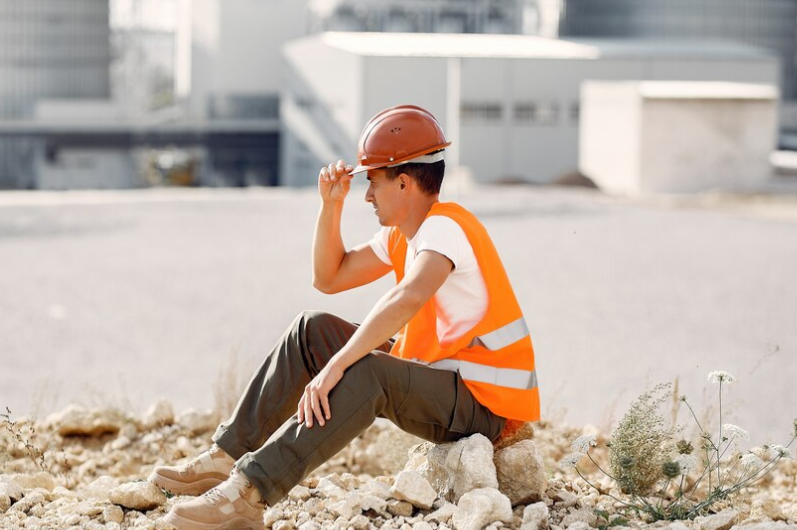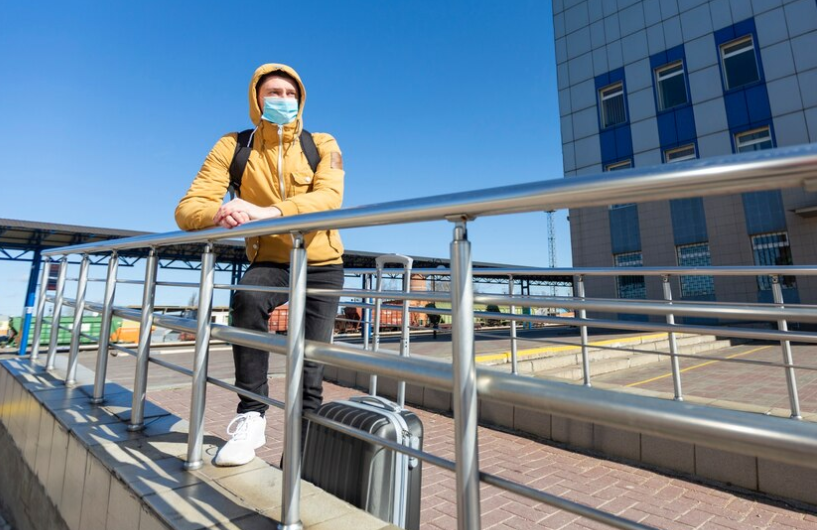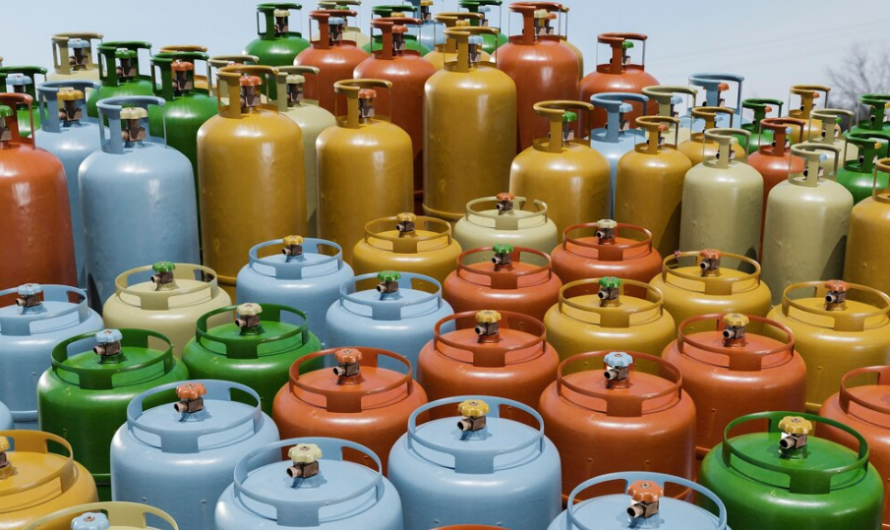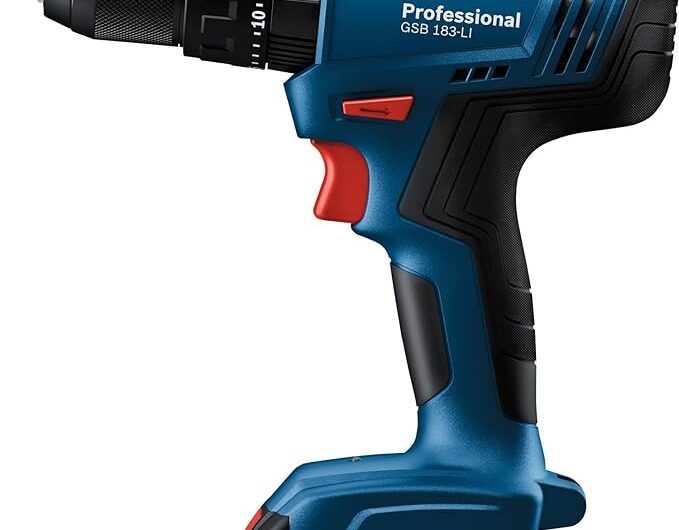44 – SAFETY TALK – HEAT STRESS
As temperatures rise, so does the risk of heat stress, a condition that can lead to serious health complications, including heat exhaustion and heat stroke. Understanding heat stress and how to prevent it is essential for anyone working or spending time in hot environments. Here, we discuss 25 critical safety tips to help you beat the heat and stay safe.








